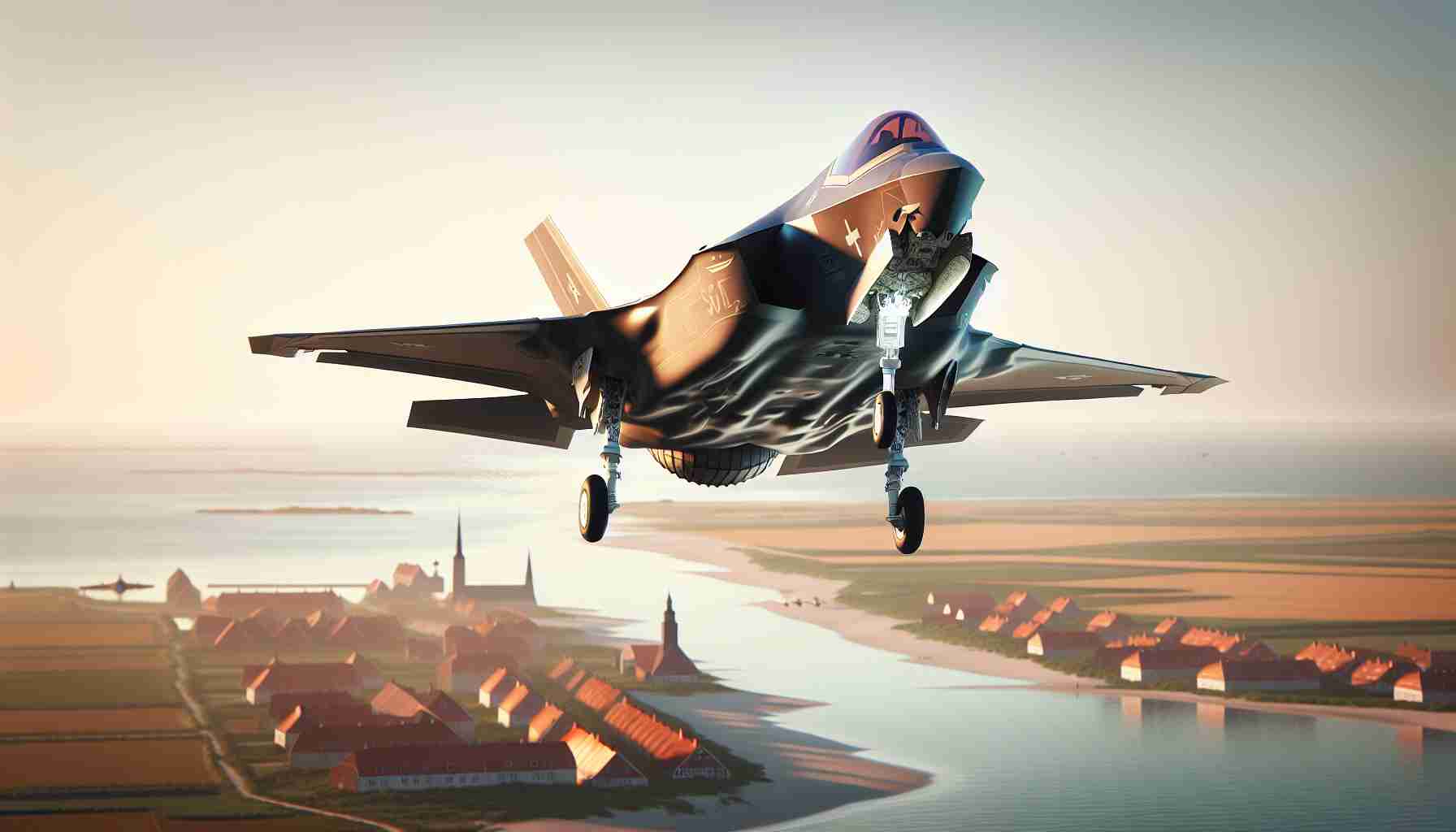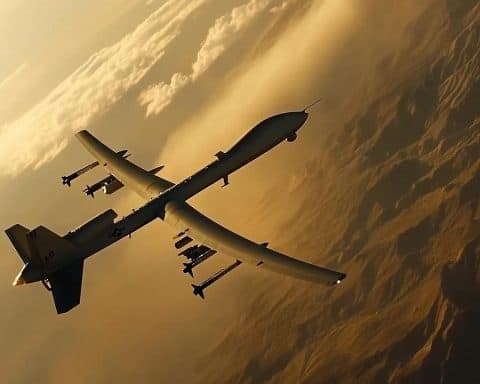Denmark has taken a significant step in enhancing its air defence capabilities with the arrival of four advanced F-35A Lightning II fighter jets. These aircraft recently landed at the Skrydstrup Air Base, marking the second batch delivered to the Scandinavian nation.
Growing Arsenal
With this delivery, Denmark now hosts eight F-35A jets on its soil, doubling its current fleet. The first group of four jets made their way to Denmark in September 2023. The recent delivery was delayed due to issues with the TR-3 Block 4 programme, which consequently paused approvals from the U.S. Department of Defense. In response, Denmark chose to bring four jets from the Luke Air Force Base in Arizona, where Danish pilots had been training.
Thorough Preparations
Before their journey to Denmark, these aircraft underwent essential factory inspections in Fort Worth, Texas, and made a technical stopover in the Azores Islands. Thanks to resumed deliveries, Denmark is now set to receive three more F-35A jets shortly, as confirmed by the Danish Ministry of Defence.
Modernising the Fleet
Denmark has a standing order for 27 F-35A Lightning II jets to replace the ageing fleet of F-16AM/BM Fighting Falcons. Training for Danish pilots began in the United States in 2020, with the first Danish pilot flying an F-35A in January 2021, using a U.S. Air Force aircraft, ensuring compatibility and standardisation across international buyers.
Unlocking New Horizons: Denmark’s Air Defence Evolution with F-35A Lightning II Fighter Jets
As Denmark expands its air defence capabilities, the recent arrival of four advanced F-35A Lightning II fighter jets marks a pivotal moment for the nation. This delivery, which doubles Denmark’s fleet to eight, underscores a strategic move towards modernising its military assets.
Advanced Features of the F-35A Fleet
The F-35A Lightning II is lauded for its stealth capabilities, advanced avionics, and multirole versatility, making it a cornerstone of Denmark’s defence upgrades. These aircraft are equipped with innovative sensors and weapons systems, enabling superior situational awareness and precision targeting.
Controversies in the TR-3 Block 4 Programme
The delivery faced delays due to issues with the TR-3 Block 4 programme, highlighting the complexities involved in integrating state-of-the-art technologies. The TR-3 upgrade is pivotal for future-proofing the jets, but it has raised concerns regarding cost overruns and schedule setbacks—common hurdles in defence procurement.
Market Impact and Global Trends
Denmark’s acquisition is part of a broader trend in which countries are investing in next-generation aircraft to bolster national security. The F-35A programme continues to influence the global fighter jet market, driving international demand and geopolitical interests. As more nations replace ageing fleets with cutting-edge technology, the F-35A sets a benchmark for performance and interoperability.
Future Deliveries and Strategic Implications
Denmark anticipates the arrival of three additional F-35A jets soon, enhancing its operational readiness. With a total order of 27 jets, the nation is poised to significantly elevate its aerial capabilities. This upgrade aligns with a strategic vision to safeguard airspace while reinforcing alliances through standardisation, evident by training protocols shared with the United States.
Security Aspects and Interoperability
A key component of the F-35A programme is its focus on interoperability among NATO allies. By standardising fighter technology, Denmark ensures seamless cooperation in multinational operations, significantly enhancing collective security measures.
Sustainability and Environmental Considerations
Although the F-35A delivers formidable defence capabilities, there is an ongoing discussion about the environmental impact of operating such advanced jets. Sustainable practices and technological innovations are being explored to minimise carbon footprints associated with the defence sector.
In conclusion, Denmark’s strategic bolstering of its defence force with the F-35A Lightning II fighter jets represents not only a technical upgrade but also a meaningful shift in its military posture to meet emerging security challenges. For more information on the F-35A programme and its implications, please visit the Lockheed Martin homepage.










